TECH TUESDAY: How bad weather foiled Hamilton and Mercedes’ smart rear wing choice for Istanbul

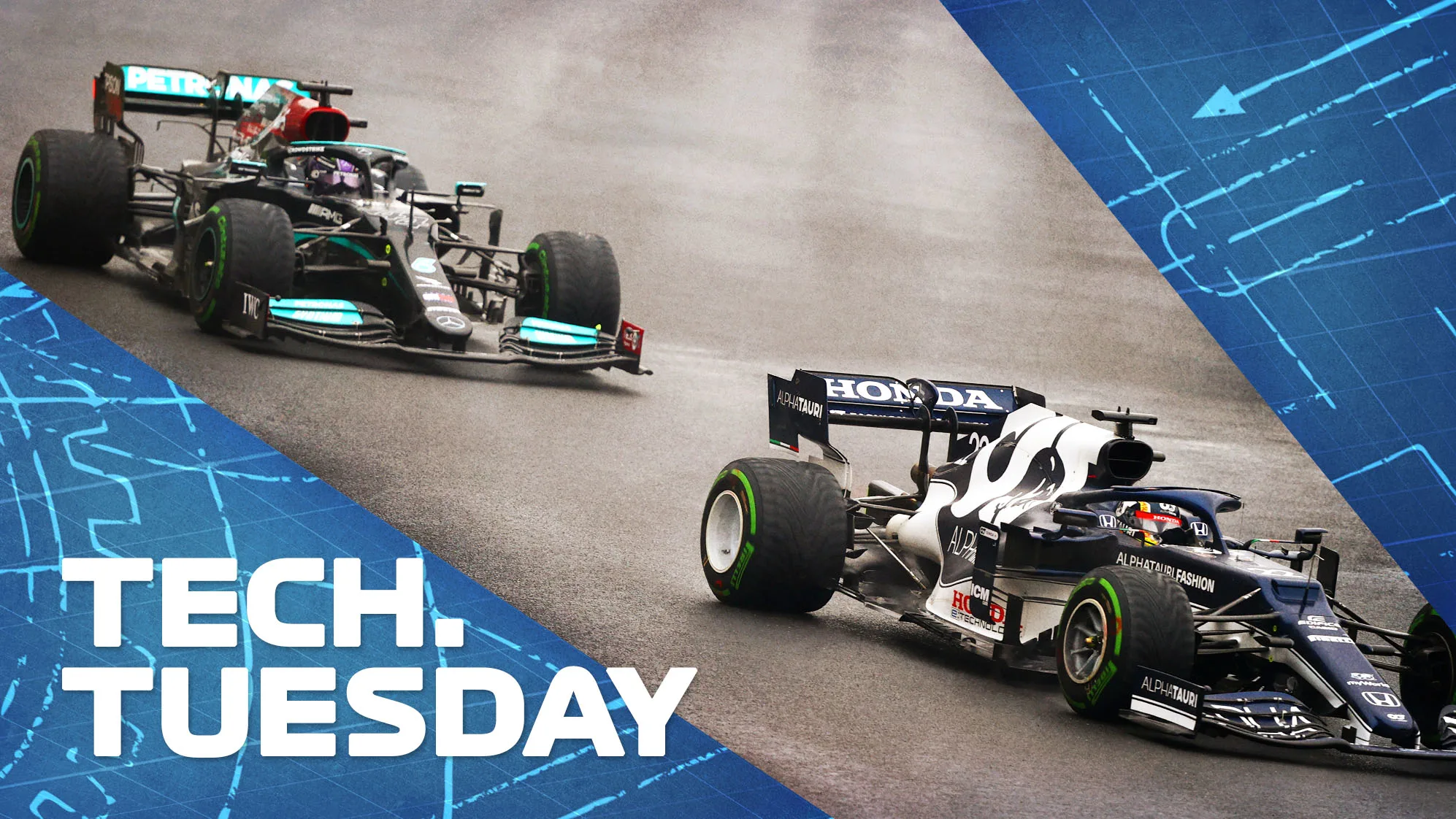
Lewis Hamilton’s Istanbul progress through the field from his 11th place starting position would likely have been much quicker and more effective had DRS been enabled. But in the damp conditions the track was never ready for slick tyres and the convention is that DRS is not enabled by the Race Director until the track is dry enough for slicks.
The rear wing chosen for Hamilton’s car was slightly higher downforce than that of Valtteri Bottas in the sister Mercedes starting from pole.
As can be seen from the images below, the upper flap extended slightly further upwards, falling back down to the level of the Bottas wing in the centre, around the pylon, in characteristic ‘heart’ shape. This in fact is the inverse choice made for each car in the previous race, at Sochi, where it was Bottas who was running higher downforce.
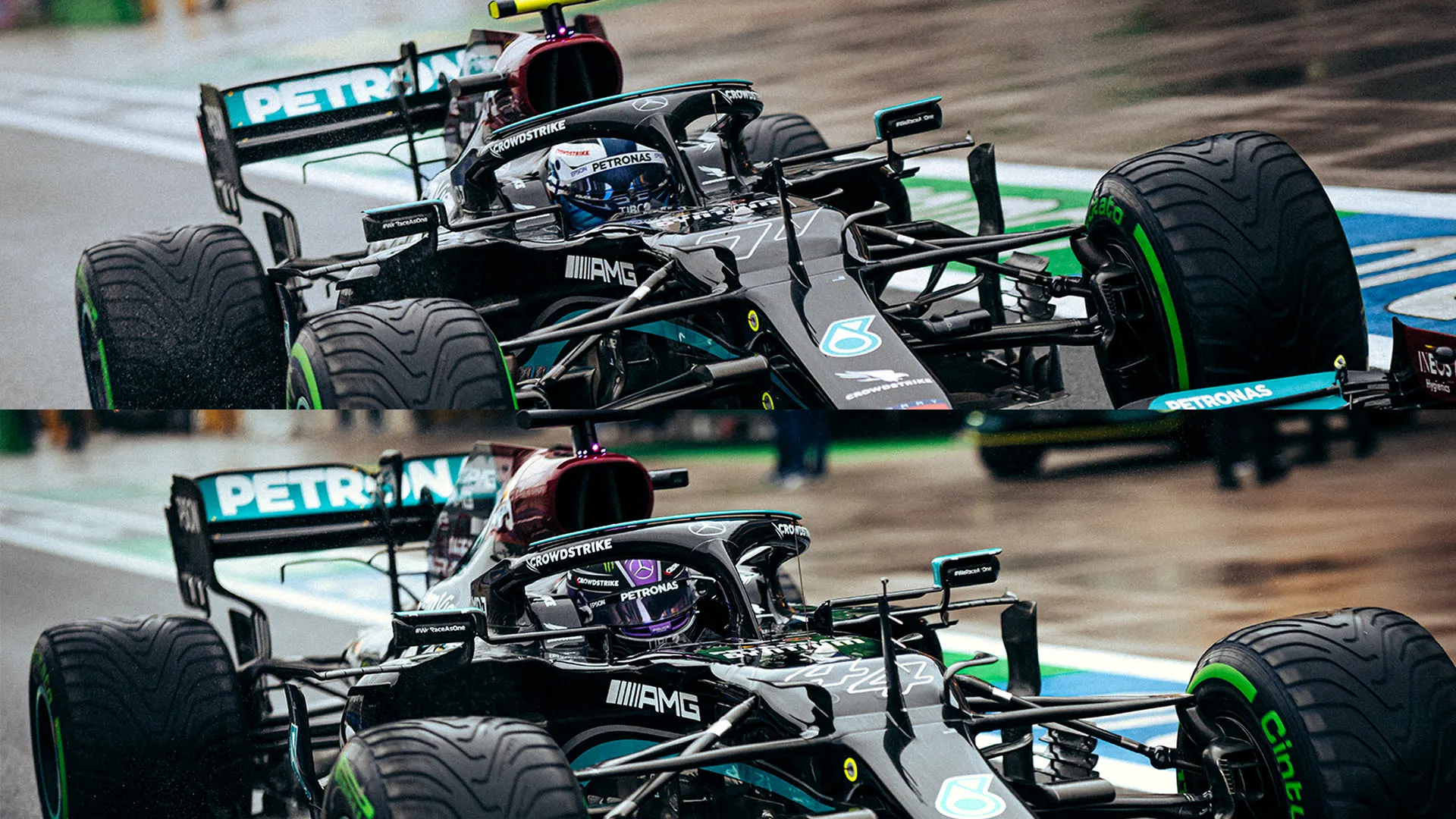
It sounds counter-intuitive that Mercedes and Hamilton chose the higher downforce wing when they knew they would be starting from a 10-place penalised grid position for taking their first extra internal combustion engine of the season. Usually in this situation, a lower downforce wing might be expected to be chosen to aid straightline speed and overtaking through the pack. But there was a very sound logic to the choice.
The position of the first DRS detection point on the Istanbul Park circuit is just before Turn 9. Although the cars are braking here, they have just exited the super-fast Turn 8. The faster the corner, the more difficult it is to follow closely and the further spaced the cars tend to be.
A bigger wing will give you a better chance of getting close enough to the car ahead out of Turn 8 to be the required under 1s behind at the DRS detection point. This prepares the cars for by far the best overtaking opportunity on the circuit – in the DRS run up to the tight Turn 12-14 sequence at the end of the lap.
Furthermore, although the small difference in flap area between the two wings would result in a lower end-of-straight speed for Hamilton’s car in non-DRS running in free air, it would also give a bigger DRS boost – and so the differences in end-of-straight speeds when in DRS would be negligible.
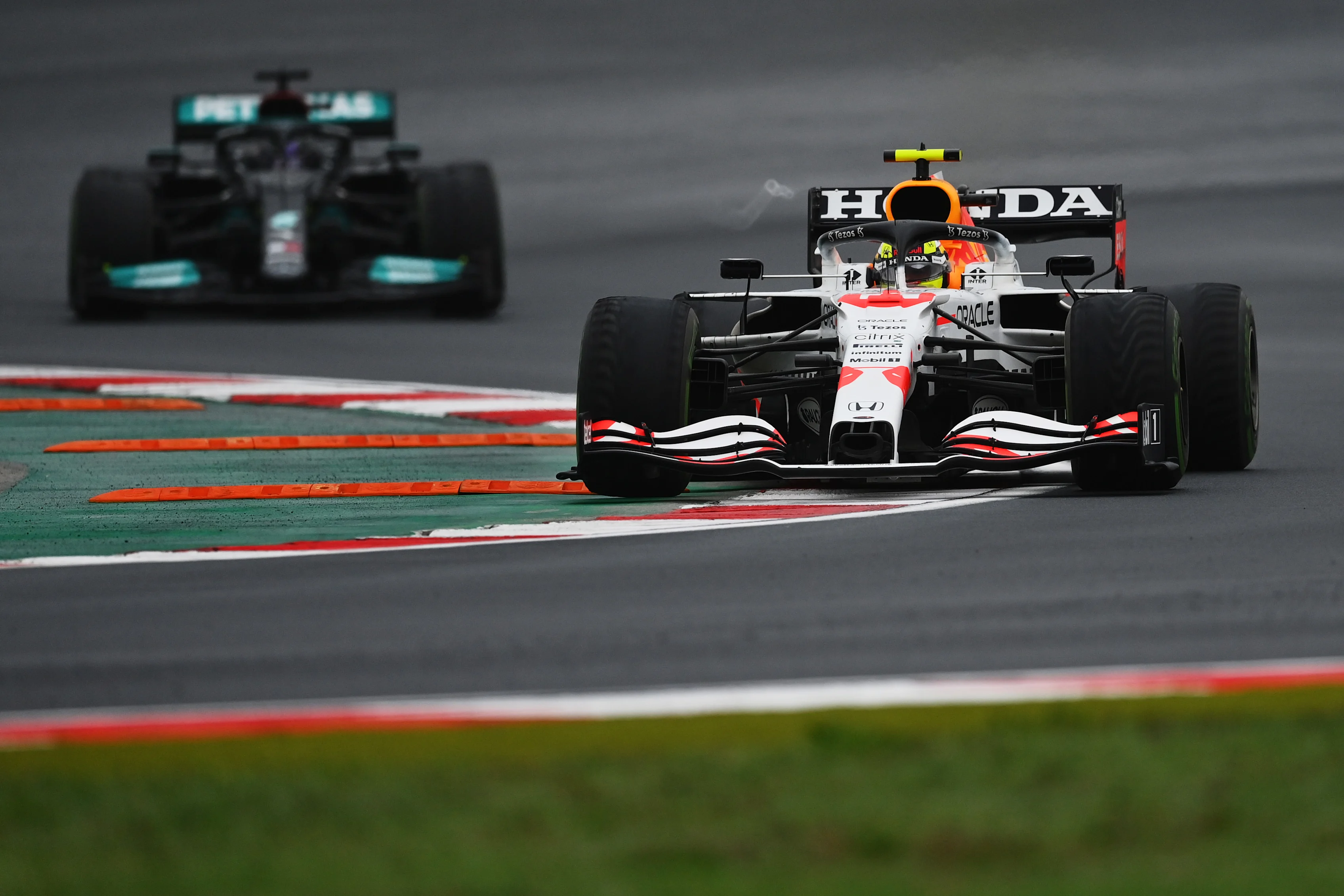
It would, in other words, potentially have given Hamilton the best of both worlds in his anticipated drive through the field: good corner speed, allowing him to get within the DRS detection point, then no worse an end-of-straight speed when in DRS mode.
Furthermore, the more downforce you can carry, the more protection will be given to the rear tyres, which at Istanbul last weekend were suffering very high degradation rates. In a drive through the field, the tyres will invariably be used harder than those on a car expected to be leading from the start.
Bottas, as the man on pole, would be expected not to benefit from DRS if he won the start, which indeed he did. So he would need the straightline help from the lower wing level.
As it happened, of course, Hamilton did not get to benefit from DRS because of the damp conditions. He spent much of his first stint stuck behind Yuki Tsunoda’s AlphaTauri, costing him around 12s. This was when he sorely needed the DRS.
Meanwhile, Mercedes also trialled this subtly different front wing (below, with standard wing above) on Lewis Hamilton’s car during Friday practice.
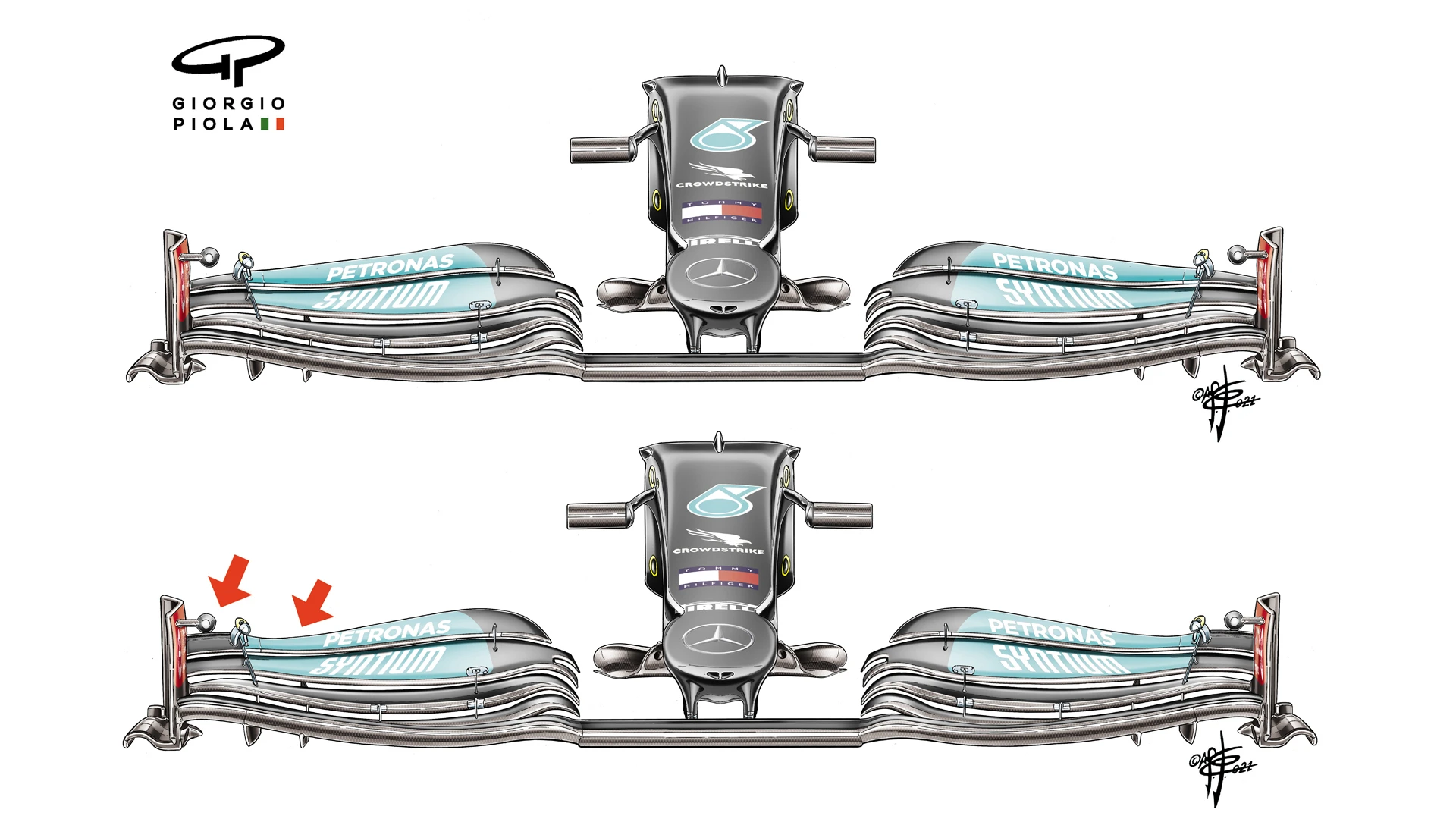
It has been used in several practice sessions already this season but so far never raced. The upper flap curves down more at the outboard end, which would probably enhance the outwash airflow around the front tyre at the expense of some direct front downforce.
With just six races now remaining with this current generation of cars before the sweeping new rules come in for next year, it will be fascinating to see how much more the championship contenders develop their cars as the title battle enters its final stages.
READ MORE: 6 Winners and 5 Losers from the Turkish Grand Prix – Who excelled in the wet in Istanbul?
Next Up
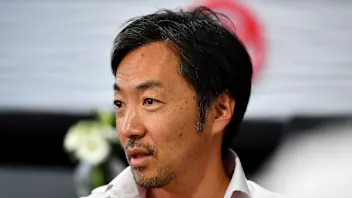
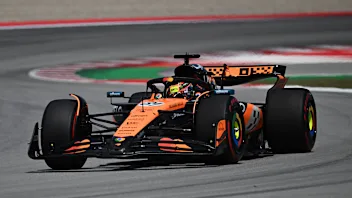

.webp)
.webp)
/SI202601151081.webp)